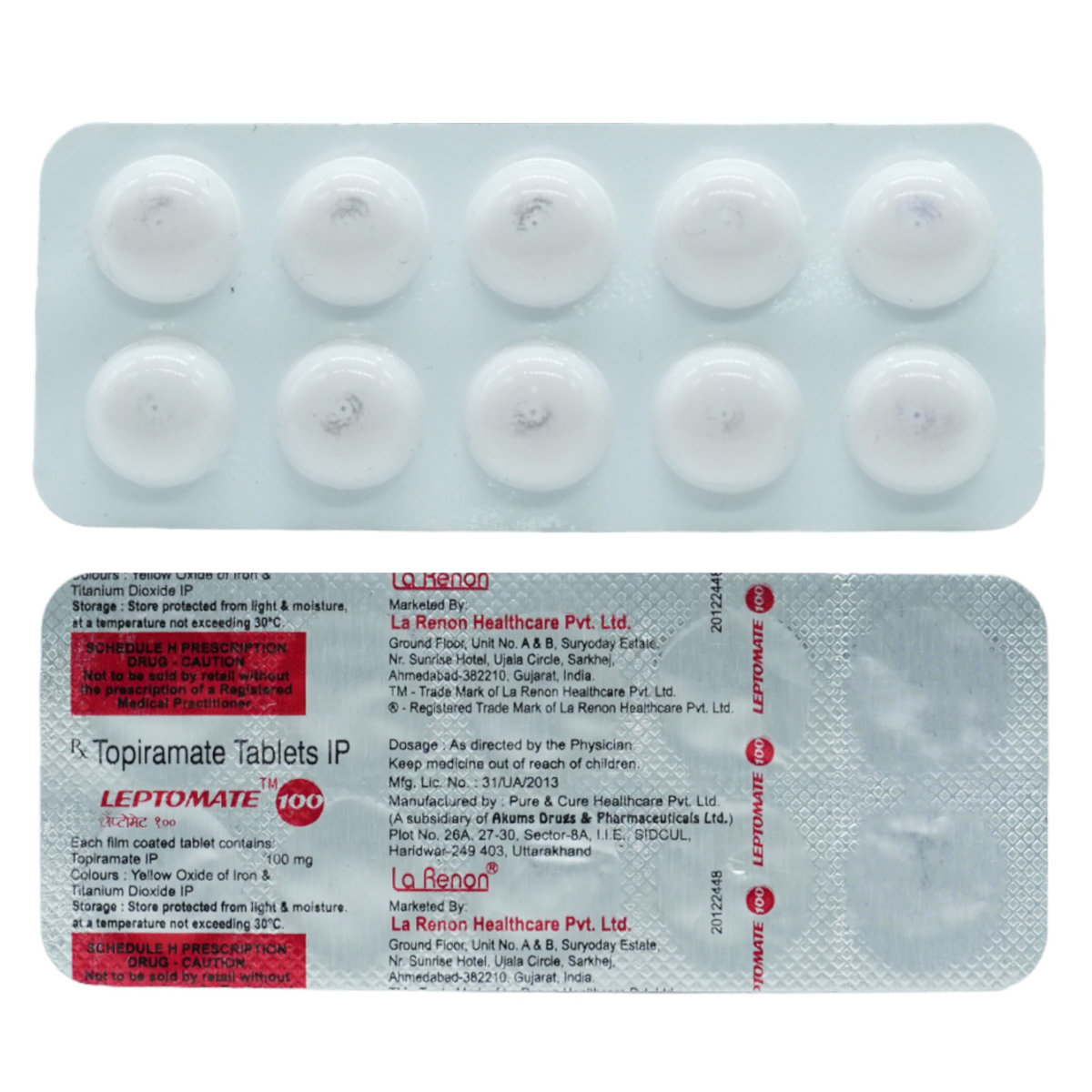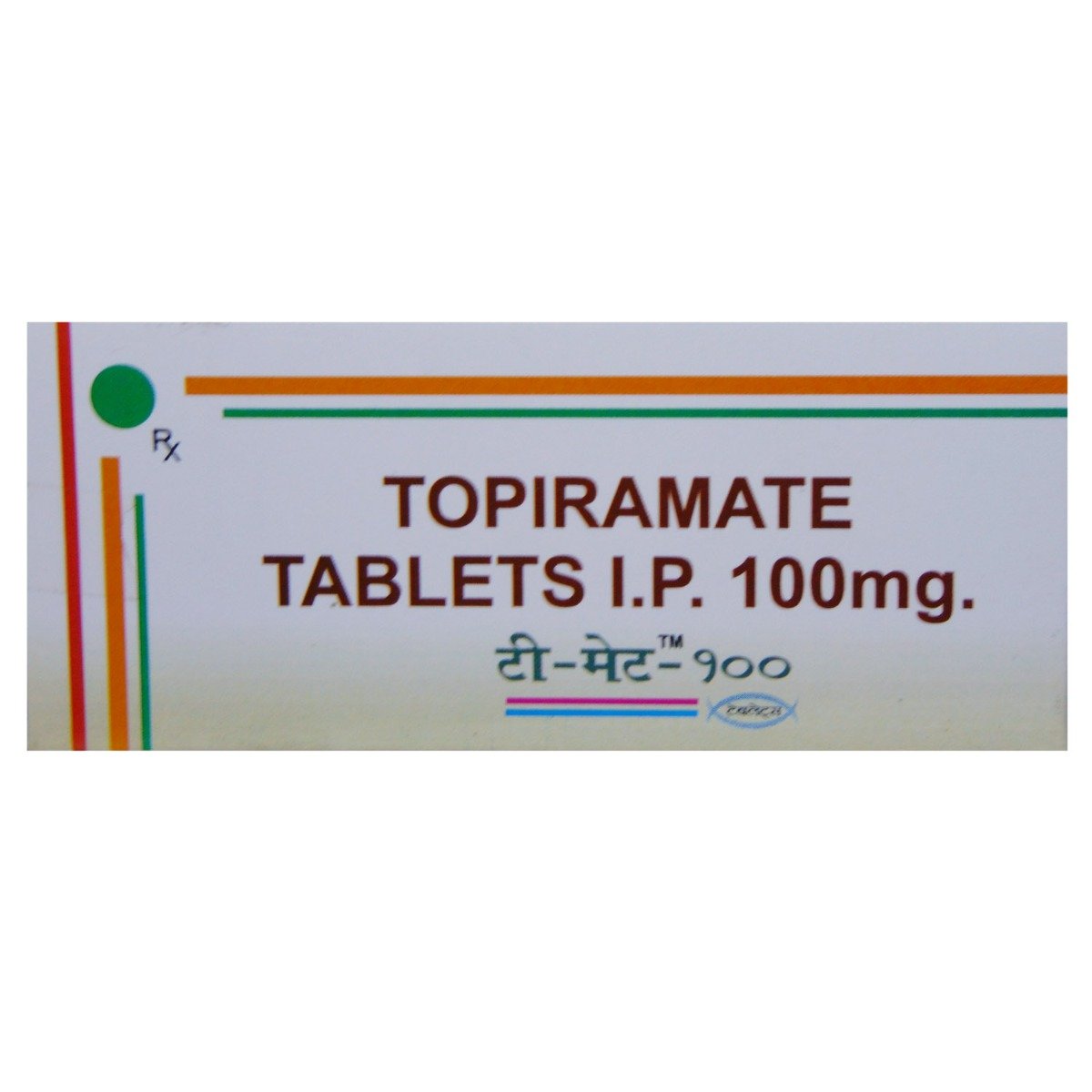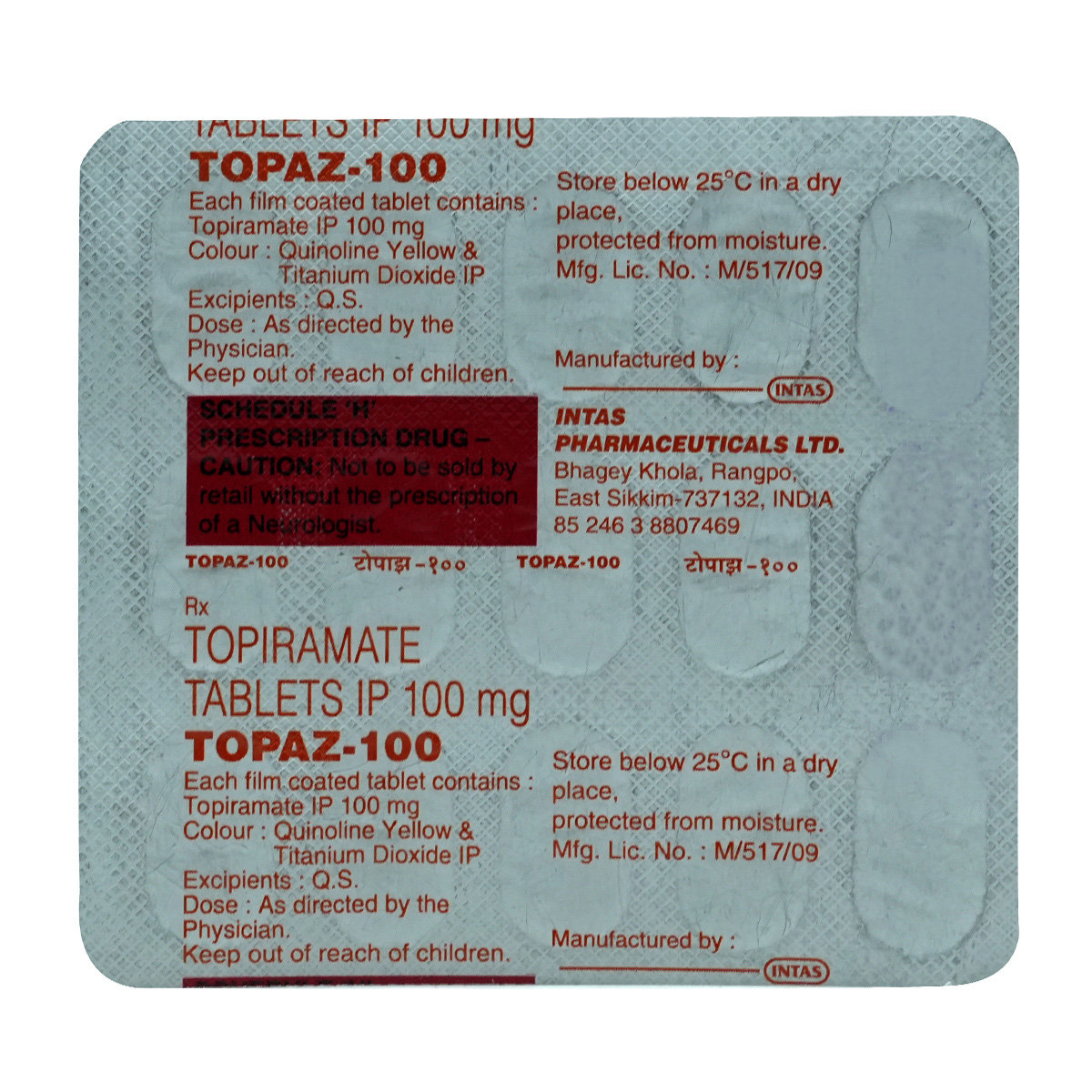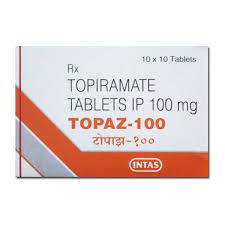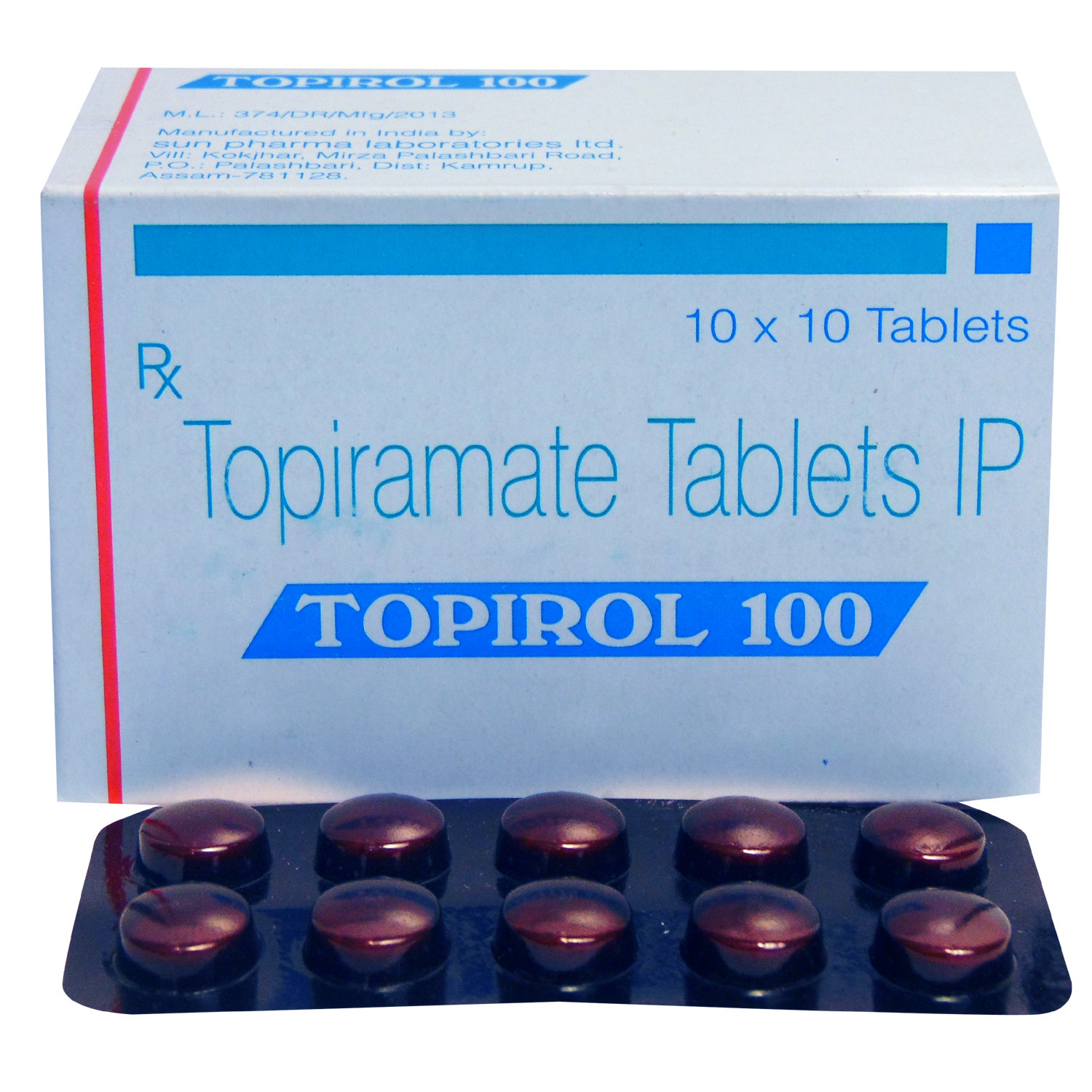Topamac 100 mg Tablet

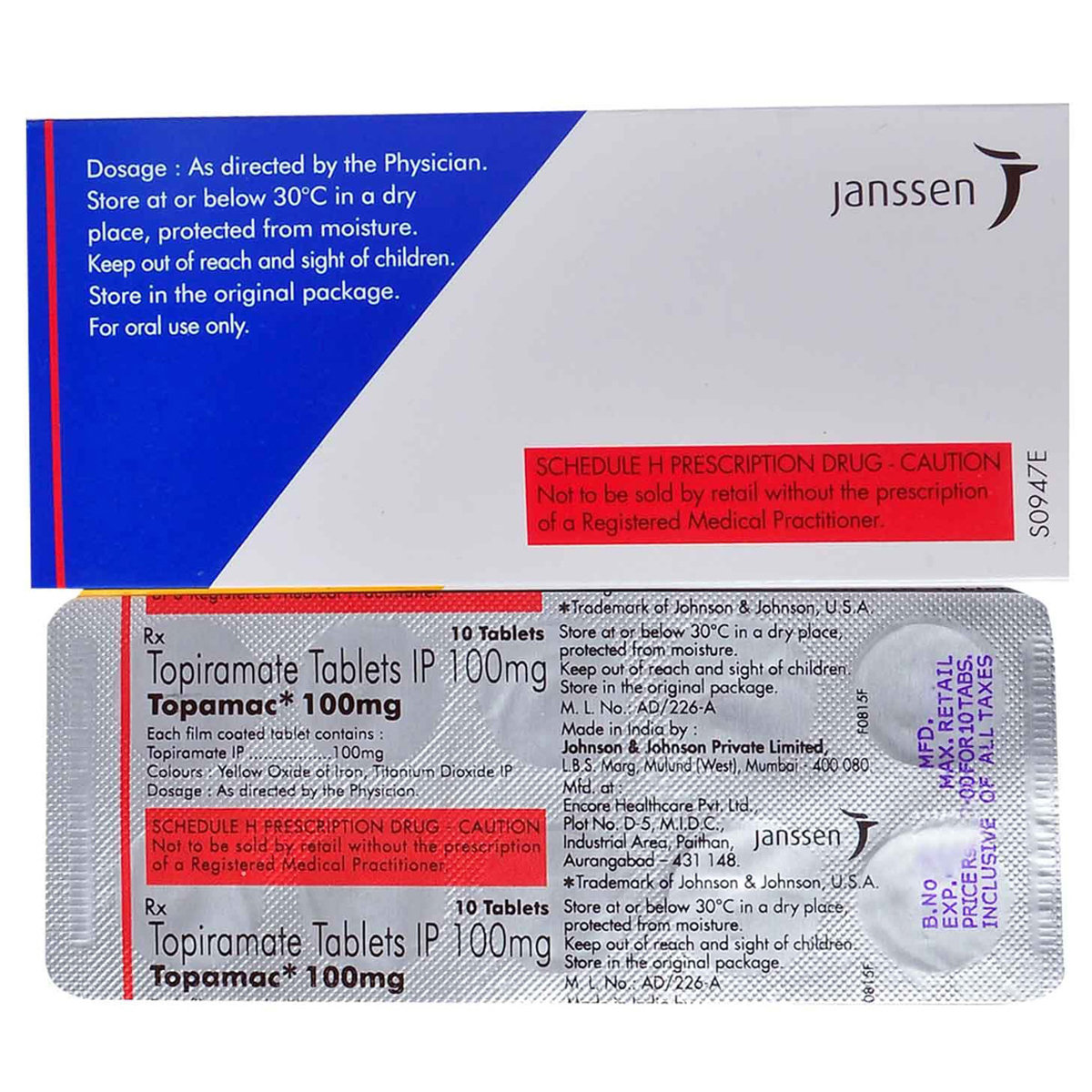
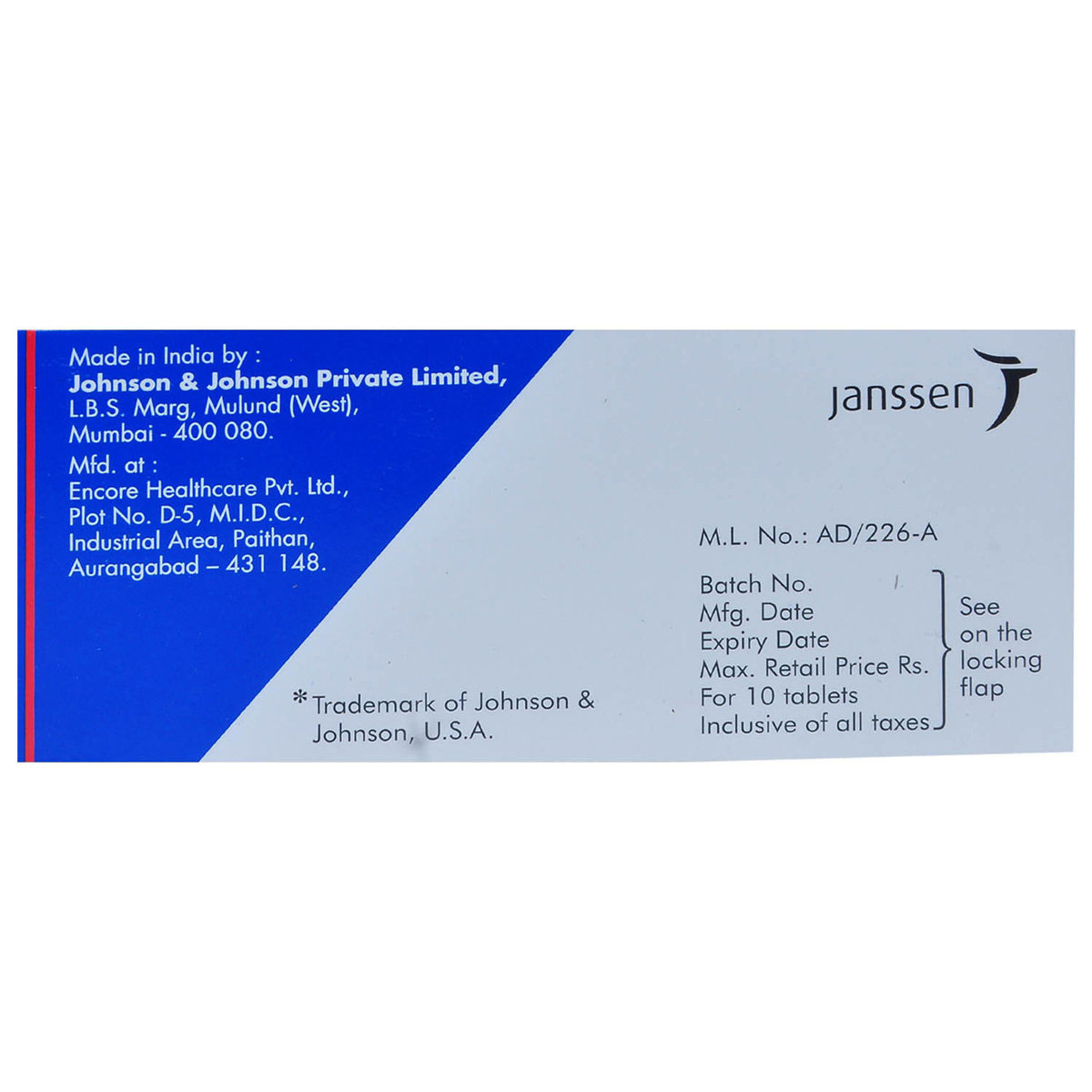
MRP ₹545.5
(Inclusive of all Taxes)
₹81.8 Cashback (15%)
know your delivery time
Provide Delivery Location
Composition :
Manufacturer/Marketer :
Consume Type :
Expires on or after :
Return Policy :

Secure Payment

Trusted by 8 Crore Indians

Genuine Products
Therapeutic Class
Country of origin
Manufacturer/Marketer address
Disclaimer
Alcohol
Safe if prescribed
Do not consume alcohol while taking Topamac 100 mg Tablet as alcohol can worsen the side effects of the Topamac 100 mg Tablet including sleepiness and dizziness
Pregnancy
Consult your doctor
Topamac 100 mg Tablet is a Category D pregnancy drug. It is not recommended for use during pregnancy as it may cause an increase in the risk of the cleft lip that is a congenital disability in the unborn baby.
Breast Feeding
Consult your doctor
Caution is advised when Topamac 100 mg Tablet is using in nursing mothers as this medicine may pass into breast milk.
Driving
Safe if prescribed
Some persons may continue to face unpredictable seizures even after taking Topamac 100 mg Tablet and this medicine also affects thinking and motor skills and may affect vision. So patients should take caution before engaging in any activity including driving or operating any machine.
Liver
Consult your doctor
Topamac 100 mg Tablet should be used with caution in patients with liver disease as the dosage needs to be reduced in patients dealing with liver disease.
Kidney
Consult your doctor
Topamac 100 mg Tablet should be used with caution in patients with kidney disease as the dosage needs to be reduced in patients dealing with kidney disease.
Children
Safe if prescribed
Topamac 100 mg Tablet is safe to use in children above 2 years only if prescribed by the doctor.
Product Substitutes
About Topamac 100 mg Tablet
Topamac 100 mg Tablet belongs to a group of medicines called “antiepileptic (AED)/ anticonvulsant agent' that is primarily indicated in the treatment of epilepsy (Monotherapy and Adjunctive therapy) and It can also be taken to prevent migraine. Epilepsy is a chronic disorder that is responsible for causing unprovoked, recurrent seizures in the body. A seizure is a sudden attack in the brain that makes a person lose control of their actions. Migraine is a mental condition that often causes intense or debilitating headaches with difficulty speaking, nausea, vomiting, and sensitivity to light or sound.
Topamac 100 mg Tablet is responsible for restoring the balance of neural activity by diminishing the spread of seizure movement in the brain. By controlling the electrical activity of the brain, it controls seizures and relieves the symptoms of migraine. Take Topamac 100 mg Tablet in an empty stomach without food with one glass of water. Topamac 100 mg Tablet is only available on prescription. It comes as tablets or capsules intended to be taken by mouth only. Swallow the medication as a whole without crushing or breaking it. Topamac 100 mg Tablet doses are sometimes advised according to the weight of children so the doctor will change the dose if the child gains or lose weight.
The possible side effects of topiramate include feeling sleepy, dizziness, diarrhoea and feeling sick. Some of the side effects do not even require medical attention and these are usually mild and go away by themselves. Consult with the doctor if any of these side effects continue or get worse with time.
The use of $mame is restricted in persons who are hypersensitive to it, so tell your doctor if you have any allergy to any of the chemical constituents present in this medicine. Tell your doctor if you ever had or already dealing with diarrhoea, glaucoma, metabolic acidosis, lung disease, breathing problems, liver disease, a blood disorder called acute porphyria etc. If a woman is pregnant or planning to pregnant then they should tell their doctor as the use of this medicine during pregnancy may increase the risk of cleft lip and/or cleft palate which is a birth defect in the newborn that may develop during early pregnancy.
Uses of Topamac 100 mg Tablet
Medicinal Benefits Mweb
Key Benefits
Topamac 100 mg Tablet is an antiepileptic (AED) medicine that is used to treat epilepsy in mono or adjunctive therapy and migraine. In Monotherapy epilepsy, Topamac 100 mg Tablet is suggested for patients above 2 years of age with partial-onset or primary generalized tonic-clonic seizures. In Adjunctive therapy epilepsy, Topamac 100 mg Tablet is suggested in patients of 2 to 16 years of age with partial-onset seizures or primary generalized tonic-clonic seizures while in patients more than 2 years of age, Topamac 100 mg Tablet is suggested in patients with seizures associated with Lennox-Gastaut syndrome (LGS). In migraine, Topamac 100 mg Tablet is suggested for prophylaxis of migraine. Topamac 100 mg Tablet works by blocking the voltage-dependent sodium and calcium channels and increasing the inhibitory actions of GABA. In epilepsy, Topamac 100 mg Tablet controls the uncontrolled activity of nerves in the brain and thus prevents or controls seizures. While in migraine, Topamac 100 mg Tablet tranquilizes the overactive nerve cells in the brain that are responsible for causing migraine.
Directions for Use
Side Effects of Topamac 100 mg Tablet
- Tingling of the arms and legs
- Not feeling hungry
- Nausea
- Change in taste
- Diarrhoea
- Weight loss
- Nervousness
- Upper respiratory tract infection
Drug Warnings
Topamac 100 mg Tablet may cause a congenital disability called cleft lip in unborn baby, so the use of this medicine is not allowed in pregnant females. Topamac 100 mg Tablet may increase the body temperature and reduce sweating, so one should report it to the doctor if they are noticing decreased sweating and hot, dry skin. Topamac 100 mg Tablet may enhance the level of acid in the blood so one should tell their doctor if they have irregular heartbeats or loss of hunger. Before taking Topamac 100 mg Tablet , tell the doctor if you have diarrhoea, metabolic acidosis, eye problems, liver disease. Topamac 100 mg Tablet may affect the working of contraceptives that include the combined pill, vaginal ring, patches,progestogen-only contraceptive pill, and emergency contraception. So, one should tell their doctor if they are using any contraceptives to prevent pregnancy.
Drug-Drug Interactions
Drug-Drug Interactions
Login/Sign Up
Taking pheniramine with Topamac 100 mg Tablet can cause increased body temperature and decreased sweating.
How to manage the interaction:
Although there is a interaction between Pheniramine and Topamac 100 mg Tablet, but it can be taken if prescribed by a doctor. However, if you experience drowsiness, dizziness, or lightheadedness contact your doctor immediately. Do not stop using any medications without talking to your doctor.
Topamac 100 mg Tablet can cause increased body temperature and decreased sweating, and these effects may be worsened when combined with medications like clomipramine.
How to manage the interaction:
Although taking Topamac 100 mg Tablet and Clomipramine together can cause an interaction, it can be taken if your doctor has suggested it. Do not stop using any medications without a doctor's advice.
When Pimozide is taken with Topamac 100 mg Tablet, it can cause the body to process Pimozide faster.
How to manage the interaction:
Although taking Pimozide and Topamac 100 mg Tablet together can evidently cause an interaction, it can be taken if your doctor has suggested it. Do not discontinue any medications without consulting your doctor.
The therapeutic efficacy of Topamac 100 mg Tablet can be decreased when used in combination with Azatadine.
How to manage the interaction:
Although there is a possible interaction between Topamac 100 mg Tablet and Azatadine, you can take these medicines together if prescribed by your doctor. Do not stop using any medications without a doctor's advice.
Combining Imipramine with Topamac 100 mg Tablet can increase the risk of overheating and reduced sweating.
How to manage the interaction:
There may be a possibility of interaction between Topamac 100 mg Tablet and Imipramine, but it can be taken if prescribed by a doctor. When taken together, your doctor can recommend other options that won't cause any problems. Just be careful and make sure to keep an eye out for any signs of reduced sweating and high body temperature. Do not discontinue any medications without consulting a doctor.
Using Tolterodine with Topamac 100 mg Tablet can increase body temperature and decreased sweating.
How to manage the interaction:
Although there is an interaction between Tolterodine and Topamac 100 mg Tablet, they can be taken together if prescribed by a doctor. However, consult a doctor if you experience sleepiness, dizziness, or lightheadedness. Do not discontinue any medications without consulting a doctor.
Combining Disopyramide with Topamac 100 mg Tablet can increase the risk of overheating and reduced sweating.
How to manage the interaction:
Co-administration of Topamac 100 mg Tablet with Disopyramide can possibly result in an interaction, but it can be taken if your doctor has advised it. Your doctor can recommend other options that won't cause any problems when taken together. Do not stop using any medications without a doctor's advice.
Combining Olanzapine with Topamac 100 mg Tablet can increase the risk of overheating and reduced sweating.
How to manage the interaction:
Taking Olanzapine with Topamac 100 mg Tablet together can possibly result in an interaction, but it can be taken if your doctor has advised it. If you have any symptoms like decreased sweating, fever, drowsiness, dizziness, or lightheadedness consult the doctor immediately. Avoid activities requiring mental alertness such as driving or operating hazardous machinery until you know how the medications affect you and do not discontinue any medications without consulting your doctor.
Coadministration of Topamac 100 mg Tablet with Cyclobenzaprine can increase the risk of developing side effects.
How to manage the interaction:
There may be a possibility of interaction between Cyclobenzaprine and Topamac 100 mg Tablet, but it can be taken if prescribed by a doctor. However, if you experience fever, excessive sweating, dizziness, or palpitations . Do not stop using any medications without a doctor's advice.
Combining Topamac 100 mg Tablet with Protriptyline can increase the risk of CNS depression.
How to manage the interaction:
Although there is a possible interaction between Topamac 100 mg Tablet and Protriptyline, you can take these medicines together if prescribed by your doctor. Your doctor can recommend other options that won't cause problems when taken together. It's important to be careful and keep a close eye on things. Do not stop using any medications without first talking to your doctor.
Drug-Food Interactions
Drug-Food Interactions
Login/Sign Up
Drug-Diseases Interactions
Drug-Diseases Interactions
Login/Sign Up
Drug-Drug Interactions Checker List
- METFORMIN
- GLIBENCLAMIDE
- PIOGLITAZONE
- VENLAFAXINE
- AMITRIPTYLINE
- DILTIAZEM
- HYDROCHLOROTHIAZIDE
- PROPRANOLOL
- RISPERIDONE
Habit Forming
Diet & Lifestyle Advise
- Eat a balanced diet that consists of good fats, proteins, carbohydrates, vegetables, and fruit which helps the body and brain to work properly and keep a person healthy and energetic.
- Fatigue is one of the primary reasons that trigger seizures in the body, so sleeping properly can help in relaxing the brain.
- One should avoid the consumption of alcohol as it can trigger seizures in patients. Even one or two glasses can trigger epilepsy and worsen the side effects of Topamac 100 mg Tablet .
- Keep yourself happy and avoid taking emotional stress as stress causes seizures. Persons who maintain healthy stress levels have reported that they have responded well to the medicine.
All Substitutes & Brand Comparisons
RX
Out of StockUltramate-100 Tablet 10's
Alniche Life Sciences Pvt Ltd
₹75
(₹6.75 per unit)
86% CHEAPERRX
Out of StockTmatecad 100mg Tablet
Cadila Pharmaceuticals Ltd
₹114.28
(₹10.29 per unit)
79% CHEAPERRX
Out of StockTopiliv 100mg Tablet
Propel Healthcare
₹120
(₹10.8 per unit)
78% CHEAPER

Have a query?
Buy best C.n.s Drugs products by
Intas Pharmaceuticals Ltd
Sun Pharmaceutical Industries Ltd
Torrent Pharmaceuticals Ltd
Alkem Laboratories Ltd
Abbott India Ltd
Cipla Ltd
Alteus Biogenics Pvt Ltd
Micro Labs Ltd
Lupin Ltd
Ipca Laboratories Ltd
D D Pharmaceuticals Pvt Ltd
Icon Life Sciences
Mankind Pharma Pvt Ltd
Tripada Healthcare Pvt Ltd
Arinna Lifesciences Ltd
Linux Laboratories Pvt Ltd
East West Pharma India Pvt Ltd
La Renon Healthcare Pvt Ltd
Talent India Pvt Ltd
Tas Med India Pvt Ltd
Zydus Healthcare Ltd
Cnx Health Care Pvt Ltd
Eris Life Sciences Ltd
Leeford Healthcare Ltd
Emcure Pharmaceuticals Ltd
Macleods Pharmaceuticals Ltd
Sigmund Promedica
Aristo Pharmaceuticals Pvt Ltd
Dr Reddy's Laboratories Ltd
Troikaa Pharmaceuticals Ltd
Consern Pharma Ltd
Zydus Cadila
Shine Pharmaceuticals Ltd
Wockhardt Ltd
Ardent Life Sciences Pvt Ltd
Crescent Formulations Pvt Ltd
Theo Pharma Pvt Ltd
Reliance Formulation Pvt Ltd
Ikon Pharmaceuticals Pvt Ltd
Propel Healthcare
Neon Laboratories Ltd
Jagsam Pharma
Msn Laboratories Pvt Ltd
Morepen Laboratories Ltd
Pulse Pharmaceuticals
Sanofi India Ltd
Med Manor Organics Pvt Ltd
Hetero Healthcare Pvt Ltd
Novartis India Ltd
Crescent Therapeutics Ltd
Elder Pharmaceuticals Ltd
Solvate Laboratories Pvt Ltd
Akumentis Healthcare Ltd
Mova Pharmaceutical Pvt Ltd
Psyco Remedies Ltd
Tripada Lifecare Pvt Ltd
Ajanta Pharma Ltd
Cyrus Remedies Pvt Ltd
Medishri Healthcare Pvt Ltd
Cadila Healthcare Ltd
Glenmark Pharmaceuticals Ltd
Matteo Health Care Pvt Ltd
Hbc Life Sciences Pvt Ltd
Lyf Healthcare
Matias Healthcare Pvt Ltd
Mesmer Pharmaceuticals
Alembic Pharmaceuticals Ltd
Capital Pharma
Crescent Pharmaceuticals
Medopharm Pvt Ltd
Alniche Life Sciences Pvt Ltd
Kivi Labs Ltd
Talin Remedies Pvt Ltd
USV Pvt Ltd
Quince Lifesciences Pvt Ltd
Solis Pharmaceuticals
Infivis Life Care
Zuventus Healthcare Ltd
Cadila Pharmaceuticals Ltd
Pfizer Ltd
Wallace Pharmaceuticals Pvt Ltd
A N Pharmacia Laboratories Pvt Ltd
Blue Cross Laboratories Pvt Ltd
Jenburkt Pharmaceuticals Ltd
Lia Life Sciences Pvt Ltd
Mano Pharma
Medley Pharmaceuticals Ltd
Primus Remedies Pvt Ltd
FDC Ltd
Maneesh Pharmaceuticals Ltd
Apex Laboratories Pvt Ltd
Gagnant Healthcare Pvt Ltd
Ozone Pharmaceuticals Ltd
RPG Life Sciences Ltd
Strides Shasun Ltd
Unichem International
GlaxoSmithKline Pharmaceuticals Ltd
Kuresys Labs Pvt Ltd
LA Pharma
Trion Pharma India Llp
Recommended for a 30-day course: 3 Strips



